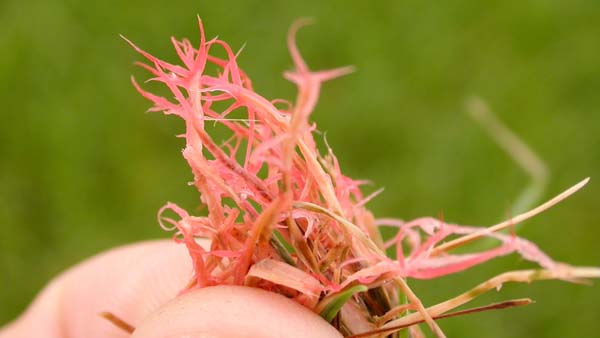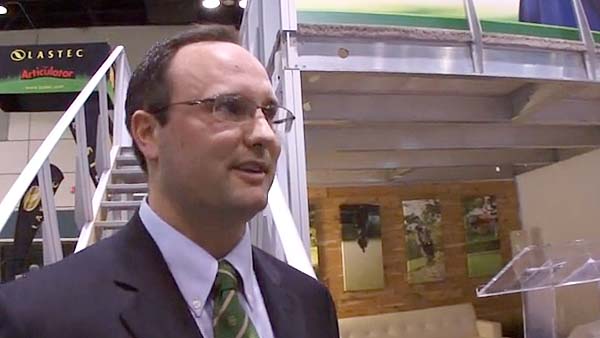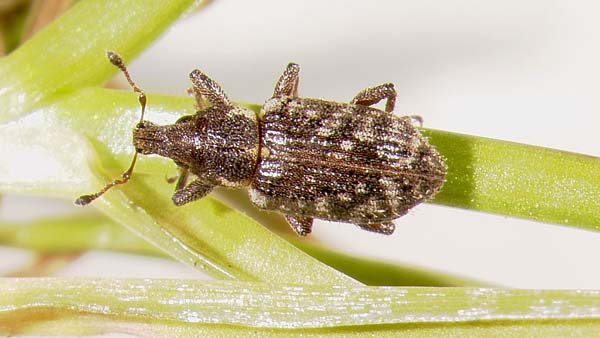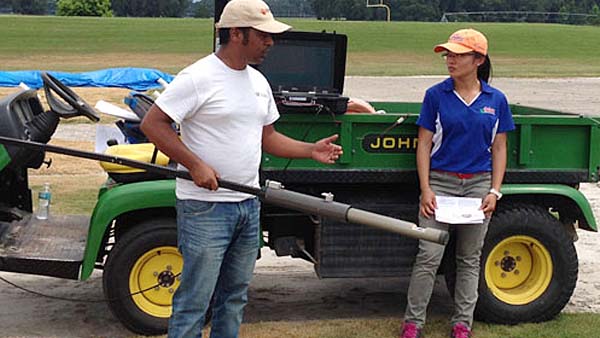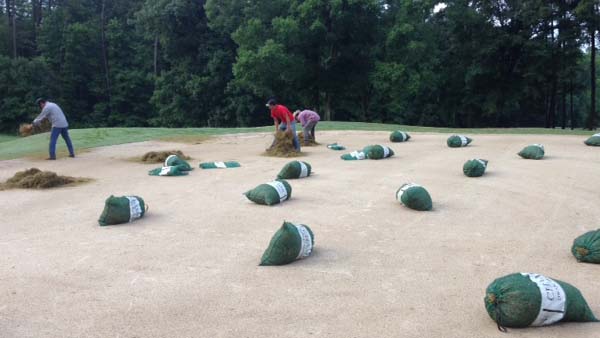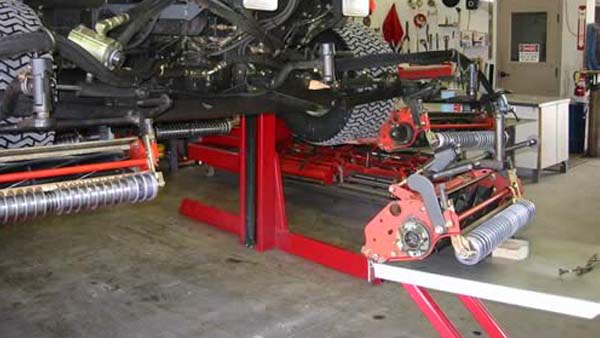

To accommodate the new additions to the Deere lineup, the company overhauled the assembly line at its Turf Care Facility in Fuquay-Varina, North Carolina. A video from John Deere provides an inside look into that assembly line and explains some of the changes necessary to maximize efficiency and quality of the production process.
According to Deere, the new assembly line was three years in planning and was designed to offer what the company called "the ultimate in mistake proofing."
It incorporates common tools and components as well as manufacturing processes between products designed to simplify the assembly process, thus minimizing the chances of mistakes. Safety checks include the use of cameras, not as a surveillance tool but to help identify and prevent mistakes, job orders that tell assembly line workers what part is needed for a specific task and LED lights that identify those parts.
The goal is create a mistake-proof environment, makes assembly easier and allows for anyone else to step into any station and complete its given task.
Stripping down the old assembly line was completed in two days, according to the video, and the new one constructed in less than four weeks.
- Read more...
- 2,994 views

